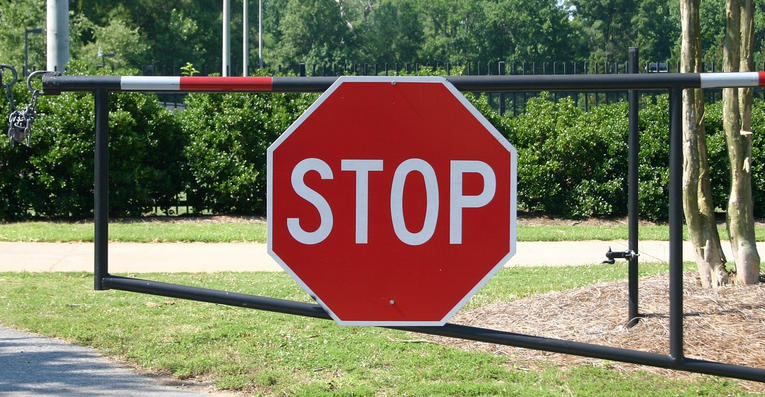 If you follow horse racing closely or are a keen user of social media, you may just have stumbled across a piece written this week by Matthew Syed.
If you follow horse racing closely or are a keen user of social media, you may just have stumbled across a piece written this week by Matthew Syed.
In it, the former table tennis champion turned Times journalist states that ‘whipping horses is ruining racing. It must be banned.’
The full article can be found here (note you have to be a paid Times subscriber to read it all), but the basic tenet is that the British Horseracing Authority (BHA) should outlaw the use of whips to protect the wellbeing of the horses.
His argument runs out of steam pretty early on – the second paragraph actually – when he introduces Peter O’Sullevan, the late, great commentator who led the BBC’s coverage of racing for five decades.
Syed writes that O’Sullevan ‘campaigned for much of his life against the misuse of the whip’, and in doing so completely missed the point: campaigning against the misuse of the whip is completely different to campaigning against the whip altogether.
Still, the piece raises some interesting points, and one again shines a light on one of the most contentious issues in racing that has dogged the sport for years.
So has the time come for the whip to be banned? Let’s take a look at the case for and against.
The Case for Banning the Whip

A number of animal welfare charities have campaigned against the use of whips for years.
One of the most prominent has been Animal Aid, who in 2011 forced the BHA to re-write their rules regarding whipping after finding that there were more than 900 breaches of the old rules regarding the use of the crop.
The charity wanted to implement rules similar to those used in Norwegian racing, where the whip can be used to ensure safety only – not as a form of ‘encouragement’, as Animal Aid worded it.
The guidelines from the Professional Jockeys Association have not yet been changed to eliminate the word encouragement, although they do specify that the use of the whip ‘must be appropriate, proportionate, professional, and take account of the Rules of Racing and guidelines laid down by the BHA.’
Animal Aid’s 2015 report, called Abuse and Lose, found that ‘…whipping a horse generally reduces, rather than improves, a jockey’s chances of finishing in a higher position. In fact, the figures presented indicated that a horse is more likely to lose a race or not run on to a higher finishing position if the rules are breached.’
They also reference a 2011 study from the University of Sydney, which concluded that whipping does not necessarily improve performance. ‘On average, they [the horses] achieved highest speeds when there was no whip use, and the increased whip use was most frequent in fatigued horses. That increased whip use was not associated with significant maintenance of velocity as a predictor of superior race placing at the finish of the race.’
So alongside the moral use of the whip and the welfare of horses, it’s questionable whether the use of the whip even makes a conclusive difference to performance.
The Case for the Whip

Before proceeding, it should be noted that Syed’s hatchet job comes after attending just two horse racing meetings in his whole lifetime.
The BHA has offered to ‘engage’ with him, and released a statement that attempted to shut down his key arguments. “If horses behaved as if they were in pain, then the millions of people who watch the sport – and the thousands who take part and dedicate their lives to the care of these animals – simply wouldn’t accept it,” it read.
“They would be horrified. In fact, our riders, trainers, and owners are knowledgeable and compassionate and the last thing they want to do is see their horses hurt. So Matthew is very wrong on this point.
“He is also wrong to say horses are ‘thrashed’. The whip is foam-padded and air-cushioned and we have very strict rules which limit the amount of times which the whip can be used, and jockeys who care about the horses they ride.”
The BHA’s change of stance in 2012, where they imposed limits on the number of times a horse could be whipped, has already made a difference.
Today, jockeys can only strike a horse eight times in a flat race and nine over the jumps; whether that is to change their line or for ‘encouragement’ purposes. Bans can and have followed misuse, although a 2015 review from the BHA found that in the three years since the rule change whip use had fallen by some 40%.
Does the whip hurt a horse? We’ll never know from the horse’s mouth, so to speak, and medical evidence is sketchy at best when it comes to confirming or denying such a notion.
And The Guardian’s Greg Wood himself was struck by a new air-cushioned whip three times in a test at Lingfield Park, and reported no pain whatsoever.
